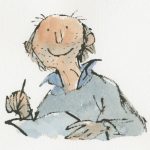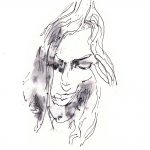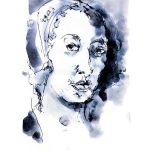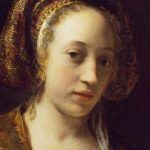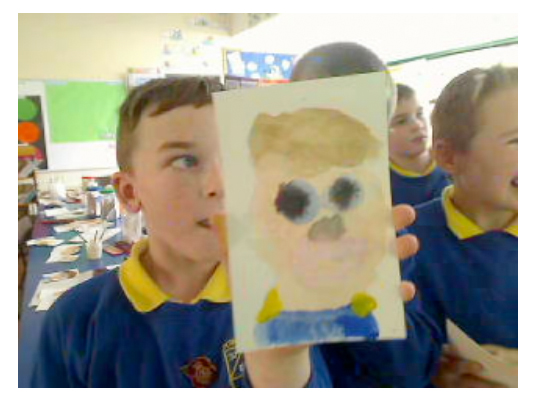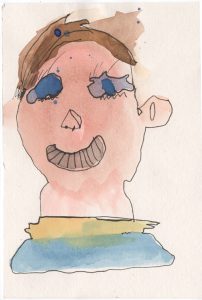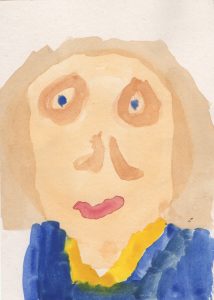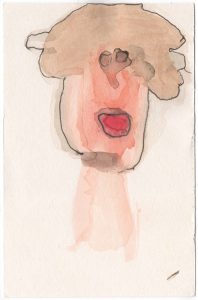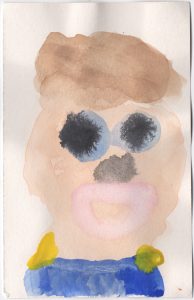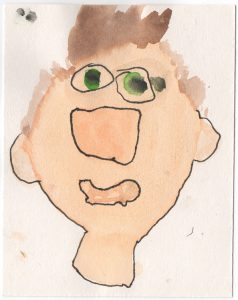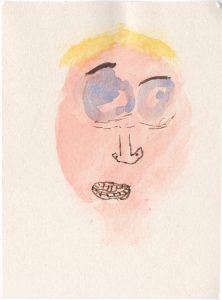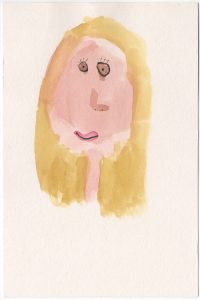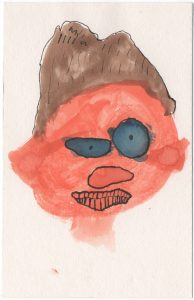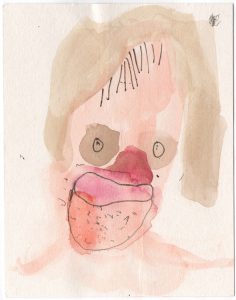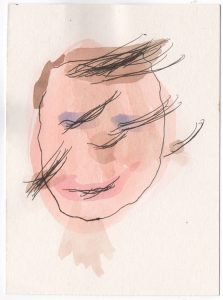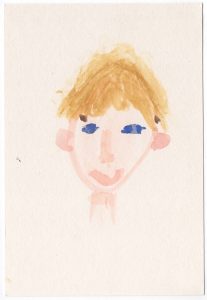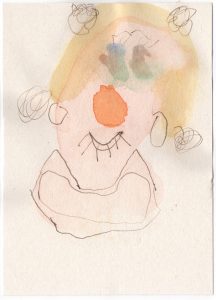This week we are going to look at how we can add watercolour and different layers of drawing and paint to create different effects. Self-portraiture is inspired by Quentin Blake’s beautiful style once again but we have also been looking at John Berger’s interpretation of a Willem Drost portrait and some fluid Lucien Freud studies that don’t have sharp outlines. First thing was to make lots of base layers so that we could then add other layers on top. Some of these were created using pencil outlines, some with paint and no outlines. The children completed some of their portraits while the page was still wet and left others to dry. Simple tips like replenishing the clean water for brush-washing and using different sizes of brush make so much difference to the clarity of the work. After break the children added to these base layers in different ways -here are some examples:
Add more layers of wet, flowing paint
Add more layers of dryer, less flowing paint
Add pen to dry painting, creating line and texture. No water.
Add pen to dry painting, creating line and texture. Add water
We used the photographic portraits that the children produced and as the session progressed the children thought about what family members they might resemble. From the glimpses of work that I have seen, the children’s work from this session is really special. Today is all about exploring the versatility of these creative materials and to give the children choices about how they use them. They have experienced so many options in one session. I hope that they can see the value of developing their own style of painting and drawing -that everyone’s work can be unique. The children have been very willing are fully engaged with every session. Can’t believe we have to pause for Christmas already.
